Best Practices Articles
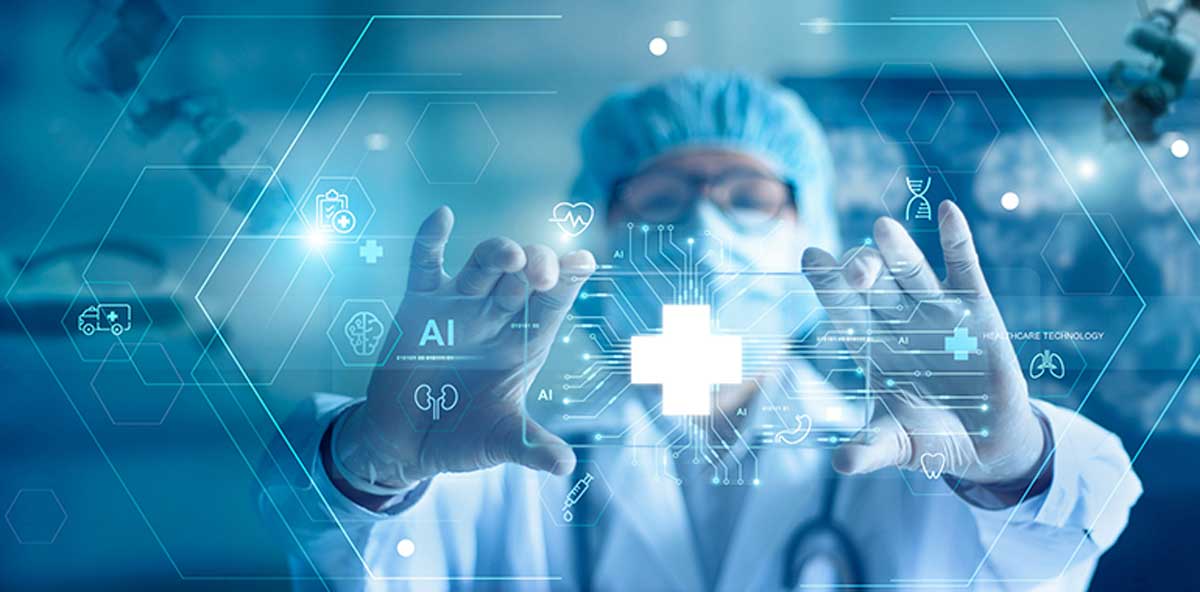
The Role of Artificial Intelligence in High-Performance Computing
Artificial Intelligence (AI) has revolutionized numerous sectors, including healthcare, finance, transportation, and more. In High-Performance Computing (HPC), AI's impact is profound, enhancing capabilities and opening new frontiers for research and practical applications. This article delves into the intricate relationship between AI and HPC, drawing insights from a recent podcast featuring experts from a leading technology institute.
Artificial Intelligence and High-Performance Computing: An Overview
High-Performance Computing (HPC) combines hardware, software, systems management, and data center facilities to support extensive arrays of interconnected computers. These systems perform tasks that are too complex for individual machines. Artificial Intelligence, mainly through machine learning models, significantly boosts the efficiency and capability of HPC systems, making it possible to tackle increasingly complex problems.
Significant Contributions and Innovations
Key figures in the field, such as distinguished professors and directors at leading institutes, have made remarkable advancements in AI and HPC. Their work includes developing the first commodity Linux-based supercomputer, a standard model for top supercomputers. Innovations using advanced processors and GPUs have enabled large-scale Artificial Intelligence training and inference, which is crucial for modern AI applications.
The Growth of Artificial Intelligence in Academia
Student Enrollment and Program Expansion: Computing programs have expanded rapidly, with some institutes enrolling over 4700 students, making them the largest in their regions. A strong focus on data science and Artificial Intelligence, areas critical to various economic sectors, including transportation, security, and entertainment, fuels this growth.
New Programs and Degrees: In response to the growing demand for Artificial Intelligence expertise, institutions have launched Master's Degrees and Graduate Certificates in Artificial Intelligence. These programs are designed to equip students with the skills needed to excel in the AI-driven job market.
Real-World Applications of Artificial Intelligence in HPC
Artificial Intelligence Research and Development at Leading Institutes
Institutes for Data Science focus on several key research areas, including:
- Big Data Analytics: Developing systems and tools for handling massive datasets.
- Cybersecurity: Creating technologies for encryption, privacy, and information assurance.
- Medical Informatics: Collaborating with national institutes to advance healthcare analytics.
- FinTech: Analyzing data for financial services and insurance industries.
- Artificial Intelligence Research: Focusing on machine learning and AI technologies with industrial partnerships.
Addressing Grand Challenges
Research addresses urban sustainability, healthcare analytics, and cybersecurity challenges. These complex problems require a multidisciplinary approach, integrating domain expertise with computing and data science.
The Impact of Large Language Models
Understanding Large Language Models
Large Language Models (LLMs) like GPT-4 and others are at the forefront of Artificial Intelligence research. These models, trained on massive supercomputers, possess parameters in the trillions, enabling them to perform tasks approaching human capabilities. They can:
- Understand and generate natural language
- Create applications and perform complex reasoning
- Assist in various professional tasks from coding to content creation
Implications for Businesses
For businesses, integrating LLMs means revolutionizing how they operate. Artificial Intelligence can streamline hiring processes, enhance customer interactions, and drive innovation across all sectors. Companies must embrace AI to remain competitive, leveraging its capabilities to improve efficiency and outcomes.
Graph Data Science: A New Frontier
The Data Quadrant
Experts introduce the concept of the data quadrant, categorizing data problems based on known and unknown patterns and objects:
- Known Objects and Patterns: Solved using relational databases.
- Known Objects, Unknown Patterns: Addressed by vertical databases.
- Unknown Objects, Known Patterns: Tackled with subgraph isomorphism and motif finding.
- Unknown Objects and Patterns: The most challenging, requiring graph data science.
Graph Data Science Applications
Graph data science combines vertices (objects) and edges (relationships) in a graph, enabling the analysis of large dynamic datasets. Applications include:
- Healthcare: Modeling disease spread and understanding clinical data.
- Cybersecurity: Detecting insider threats and cyber-attacks.
- Social Networks: Analyzing community formation and changes.
- Transportation and Evacuation Modeling: Planning responses to emergencies.
Advanced Artificial Intelligence and Graph Analytics: The Arachne Project
The Arachne Framework: Supported by national foundations, the Arachne project is an open-source framework for interactive property graphs at scale. It integrates Python with a high-performance programming language, enabling users to handle large-scale graph analytics seamlessly.
Combining Productivity and Performance: The framework allows users to interact with their data through notebooks while the heavy computational tasks run on a server. This approach democratizes supercomputing, making it accessible to researchers and practitioners without extensive high-performance computing knowledge.
Real-World Applications of Arachne
Healthcare Analytics: Arachne models disease outbreaks and performs community detection in clinical data. During the COVID-19 pandemic, Arachne helped in contact tracing by analyzing large datasets to identify potential transmission chains and inform public health strategies.
Cybersecurity: In cybersecurity, Arachne processes data to detect and attribute cyber-attacks. By converting data flow information into graphs, Arachne can rapidly analyze and identify malicious activities, significantly enhancing cybersecurity defenses.
Neuroscience: One of the most groundbreaking applications of Arachne is in neuroscience, particularly in the Connectome Project. Researchers can gain unprecedented insights into brain function, development, and diseases by mapping neurons and their connections in various organisms' brains.
The Future of Artificial Intelligence and HPC
Ongoing Research and Development
Research continues to push the boundaries of AI and HPC through ongoing projects, including:
- Massive Graph Analytics: Developing algorithms and tools for large-scale graph analysis.
- Enhanced Machine Learning Models: Creating more efficient and powerful AI models inspired by biological systems.
- Real-Time Data Processing: Improving the capability to handle and analyze streaming data in real-time.
Educational Impact
Institutions' commitment to integrating AI and HPC into their curriculum ensures that students are well-prepared for the future job market. By offering cutting-edge programs and involving students in groundbreaking research, they nurture the next generation of AI and HPC experts.
Expanding Artificial Intelligence Horizons: Key Insights and Future Directions
Enhancing Artificial Intelligence Model Training: Training AI and extensive language models is resource-intensive. Innovations in HPC enable faster and more efficient training processes. Researchers can train models in days or weeks instead of months by leveraging GPUs and advanced parallel computing techniques.
Artificial Intelligence in Everyday Applications: AI's integration into daily applications is becoming more prevalent. From virtual assistants to recommendation systems, AI algorithms enhance user experiences by providing personalized and relevant content.
Ethical Considerations in Artificial Intelligence: As AI systems become more pervasive, ethical considerations are paramount. Data privacy, algorithmic bias, and the transparency of AI decision-making processes need addressing to ensure that AI technologies are used responsibly and ethically.
Collaborative Research and Industry Partnerships: Academic and industry collaboration is crucial for advancing AI and HPC. Partnerships enable access to cutting-edge technologies and resources, fostering an environment where innovative solutions can thrive.
Artificial Intelligence and HPC in Diverse Sectors
Healthcare: AI-driven HPC solutions are transforming healthcare. From predictive analytics that forecast patient outcomes to advanced imaging techniques that assist in early disease detection, AI is revolutionizing medical practices. HPC facilitates the processing of vast healthcare data, enabling precise and timely insights.
Finance: AI-powered HPC systems enhance fraud detection, risk management, and algorithmic trading in finance. Analyzing market trends and financial data in real time, these systems help financial institutions make informed decisions quickly, reducing risks and maximizing profits.
Transportation: AI and HPC are critical in developing autonomous vehicles and optimizing logistics. Advanced Artificial Intelligence models process data from sensors and cameras in real time, enabling vehicles to navigate safely and efficiently. In logistics, AI algorithms optimize routes and manage supply chains, improving delivery times and reducing costs.
Environmental Sustainability: AI and HPC play a significant role in addressing environmental challenges. AI models can predict weather patterns and natural disasters by analyzing climate data, helping governments and organizations prepare and respond effectively. HPC systems process large-scale environmental data, supporting sustainable practices and conservation efforts.
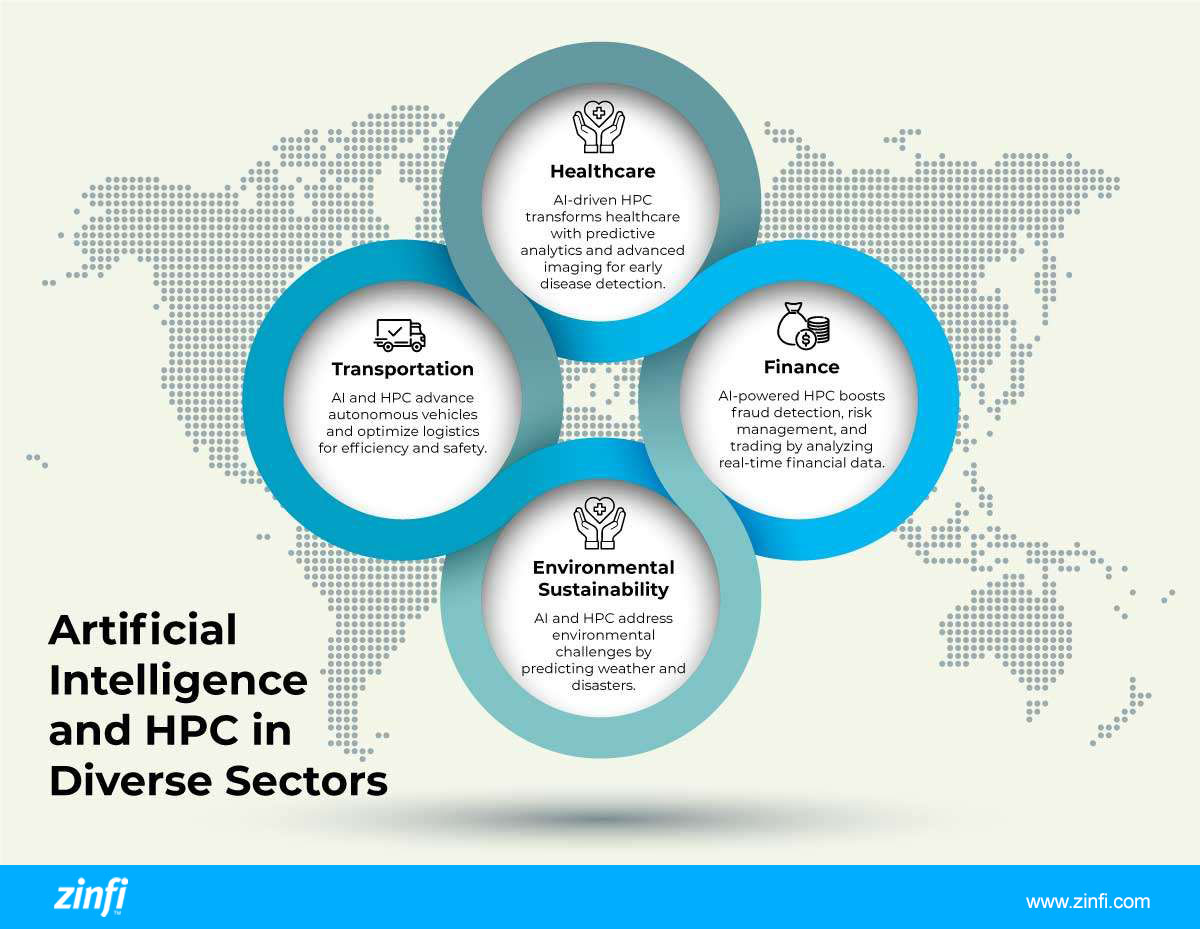
Bridging the Gap Between Artificial Intelligence Research and Practical Implementation
Translating Research into Practice
One of the key challenges in AI and HPC is bridging the gap between research and practical implementation. Research often focuses on theoretical advancements, while practical applications require robust, scalable solutions. Close collaboration with industry partners ensures that research findings are translated into usable technologies.
Real-World Case Studies
Smart Cities: In smart cities, AI and HPC optimize urban infrastructure. For example, AI algorithms manage traffic flow, reducing congestion and improving air quality. HPC systems analyze data from various sources, such as traffic cameras and sensors, to provide real-time insights and solutions.
Personalized Education: AI-driven personalized education platforms adapt to individual learning styles and paces. By analyzing student performance data, these platforms tailor educational content to meet each student's needs, enhancing learning outcomes and engagement.
Precision Agriculture: In agriculture, AI and HPC enable precision farming techniques. AI models analyze soil sensors, weather forecasts, and satellite imagery data to optimize irrigation, fertilization, and pest control. This approach increases crop yields while minimizing environmental impact.
The Role of HPC in Artificial Intelligence Advancements
Accelerating Machine Learning: HPC significantly accelerates machine learning processes, enabling the training of complex models in a fraction of the time required by traditional computing methods. This acceleration is crucial for developing advanced AI applications that can handle real-world challenges.
Enhancing Data Processing: The vast amounts of daily data require robust processing capabilities. HPC systems handle big data efficiently, allowing for real-time analysis and decision-making. This capability is essential for applications in financial trading, healthcare diagnostics, and autonomous systems.
Improving Model Accuracy: The increased computational power of HPC allows for the training of more accurate and reliable AI models. HPC enhances the precision of AI predictions and recommendations by processing larger datasets and utilizing more sophisticated algorithms.
Future Trends in Artificial Intelligence and HPC
Quantum Computing: Quantum computing holds the potential to revolutionize AI and HPC by solving problems currently intractable for classical computers. Quantum algorithms can process information exponentially faster, opening new possibilities for AI research and applications.
Edge Computing: Edge computing brings computational power closer to data sources, reducing latency and bandwidth usage. This approach is particularly beneficial for applications requiring real-time processing, such as autonomous vehicles and IoT devices.
Explainable Artificial Intelligence: Understanding their decision-making processes is crucial as AI systems become more complex. Explainable AI aims to make AI models more transparent and interpretable, enhancing trust and accountability in AI applications.
Integration of Artificial Intelligence with IoT: Integrating AI with the Internet of Things (IoT) enables intelligent data analysis and decision-making at the edge. AI-powered IoT systems can optimize operations in various sectors, from smart homes to industrial automation.
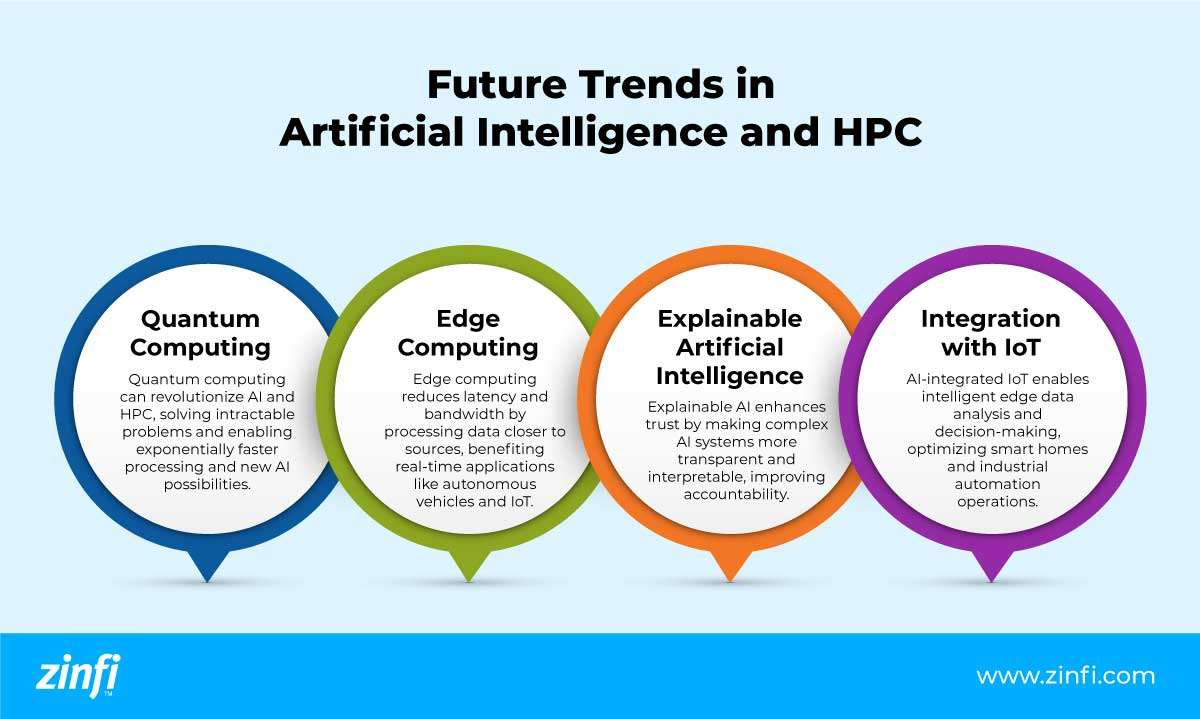
AI's Role in Enhancing Human Creativity
AI as a Creative Assistant: AI can potentially augment human creativity by providing new tools and methods for artistic expression. AI-driven tools can generate music, art, and literature, offering artists new ways to explore creativity. These tools can assist brainstorming sessions, suggesting new ideas and perspectives humans might not have considered.
Collaborative Art Projects: Collaborative art projects between humans and Artificial Intelligence are becoming more common. These projects explore the boundaries of creativity and demonstrate how AI can complement human artistic efforts. For instance, AI-generated music can inspire new compositions, and AI-assisted design tools can enhance visual art projects.
AI in Entertainment: AI is revolutionizing content creation in the entertainment industry. AI algorithms can generate realistic animations, simulate special effects, and even create entire virtual worlds. This technology allows filmmakers, game developers, and other content creators to push the boundaries of their art forms and produce more immersive and engaging experiences for audiences.
The Intersection of AI and Ethics
Addressing Algorithmic Bias: One of the significant ethical challenges in AI is algorithmic bias. Biases in AI systems can arise from the data used to train them, leading to unfair or discriminatory outcomes. Researchers and practitioners are working to develop methods to identify, mitigate, and eliminate bias in AI algorithms to ensure fairness and equity.
Ensuring Data Privacy: Data privacy is a critical concern in AI applications. As AI systems process vast amounts of personal data, protecting this data is paramount. Techniques such as differential privacy and federated learning are being developed to enhance data privacy while allowing AI systems to learn and improve.
Transparency and Accountability: Transparency and accountability in AI systems are essential for building trust. Explainable AI (XAI) aims to make AI decision-making processes more understandable to humans. By providing insights into how AI algorithms arrive at their conclusions, XAI helps users trust and verify the outcomes, ensuring that AI systems are used responsibly.
AI's Impact on the Workforce
Transforming Job Roles: AI is transforming job roles across various industries. While some jobs may be automated, new roles are emerging that require AI expertise. For instance, data scientists, AI ethicists, and machine learning engineers are in high demand as organizations seek to harness AI's potential.
Upskilling and Reskilling: Upskilling and reskilling programs are essential to adapting to the changing job landscape. Educational institutions and companies offer training programs to help employees acquire new skills in AI and related fields. These programs ensure that the workforce is prepared for the AI-driven future.
AI and Remote Work: The COVID-19 pandemic has accelerated the adoption of remote work, and AI plays a significant role in this transition. AI-powered tools facilitate remote collaboration, automate administrative tasks, and enhance productivity. As remote work becomes more prevalent, AI will continue to support and improve the remote work experience.
AI and Global Development
Enhancing Education: AI has the potential to transform education by providing personalized learning experiences. AI-driven educational platforms can adapt to individual students' needs, offering tailored content and feedback. This customized approach enhances learning outcomes and ensures students receive the support they need to succeed.
Improving Healthcare Access: AI can improve healthcare access in underserved regions. Telemedicine platforms powered by AI enable remote consultations and diagnostics, connecting patients with healthcare providers regardless of location. AI-driven medical devices can also assist in diagnosing and treating diseases, improving healthcare outcomes in remote areas.
Addressing Climate Change: AI is a powerful tool in the fight against climate change. AI models can predict and monitor environmental changes by analyzing climate data, helping governments and organizations develop effective mitigation and adaptation strategies. AI-driven solutions can optimize energy use, reduce waste, and support sustainable practices.
Conclusion
Artificial Intelligence and High-Performance Computing are deeply intertwined, driving innovation and solving complex problems across various sectors. Leading institutes stand at the forefront of this integration, fostering a rich research, development, and education environment in AI and HPC. As these technologies evolve, their impact will only grow, offering new possibilities and challenges for researchers, businesses, and society.
By leveraging the power of AI and HPC, educational institutions are contributing to advancing technology and preparing students to lead in an increasingly AI-driven world. Whether through groundbreaking research, innovative academic programs, or real-world applications, these institutions exemplify the transformative potential of combining Artificial Intelligence with High-Performance Computing.
Read our article on how artificial intelligence can be used in channel-based sales.
Best Practices Guidebook
 Startup Talent Recruitment: Hiring Missionaries, Not Mercenaries
Startup Talent Recruitment: Hiring Missionaries, Not MercenariesDownload for FREE
 The Future of Partner Relationship Management with AI in Partnerships
The Future of Partner Relationship Management with AI in PartnershipsDownload for FREE
 Cybersecurity for the 99%: Strategies from the Frontline
Cybersecurity for the 99%: Strategies from the FrontlineDownload for FREE
 Mastering Partner Relationships: A Strategic Approach to Business Growth
Mastering Partner Relationships: A Strategic Approach to Business GrowthDownload for FREE
 The Smart Manufacturing Playbook: Industry 4.0 Transformation
The Smart Manufacturing Playbook: Industry 4.0 TransformationDownload for FREE
 Mastering Partner Relationship Management: Keys to SaaS Channel Success
Mastering Partner Relationship Management: Keys to SaaS Channel SuccessDownload for FREE
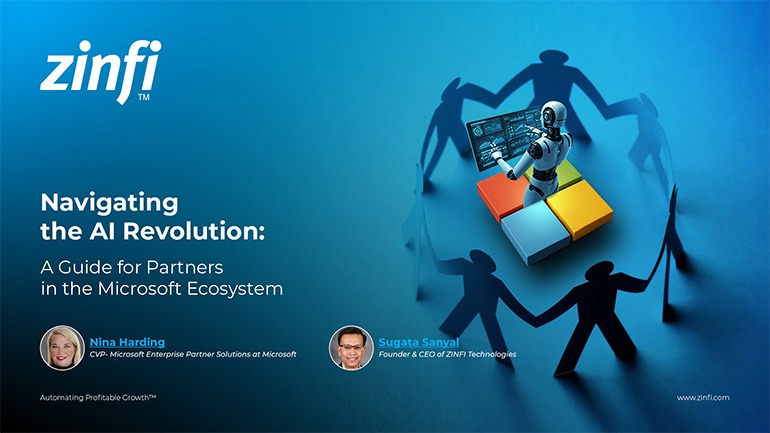 Navigating the AI Revolution: Guide for Partners in the Microsoft Ecosystem
Navigating the AI Revolution: Guide for Partners in the Microsoft EcosystemDownload for FREE
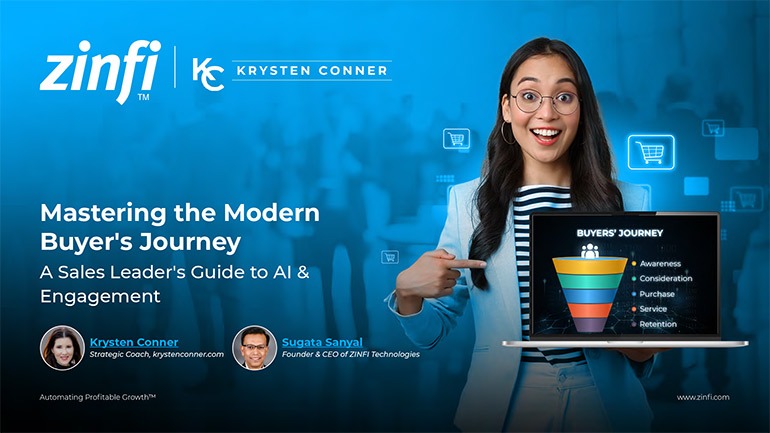 Mastering the Modern Buyers Journey: Sales Leader’s Guide to AI & Engagement
Mastering the Modern Buyers Journey: Sales Leader’s Guide to AI & EngagementDownload for FREE
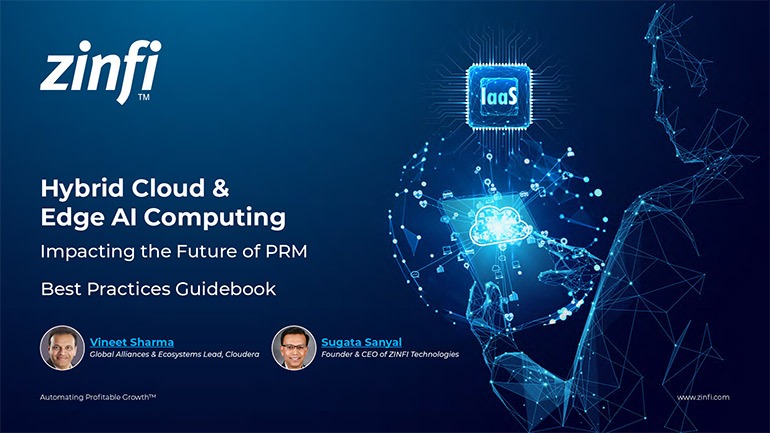 Hybrid Cloud and Edge AI Computing Impacting the Future of PRM
Hybrid Cloud and Edge AI Computing Impacting the Future of PRMDownload for FREE
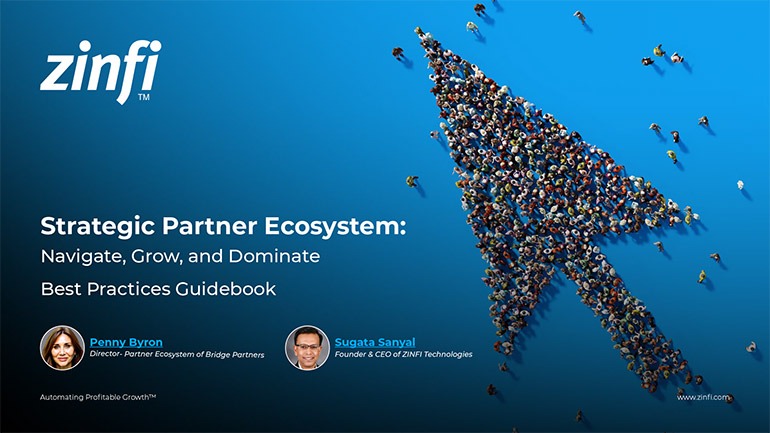 Strategic Partner Ecosystem: Navigate, Grow, and Dominate
Strategic Partner Ecosystem: Navigate, Grow, and DominateDownload for FREE
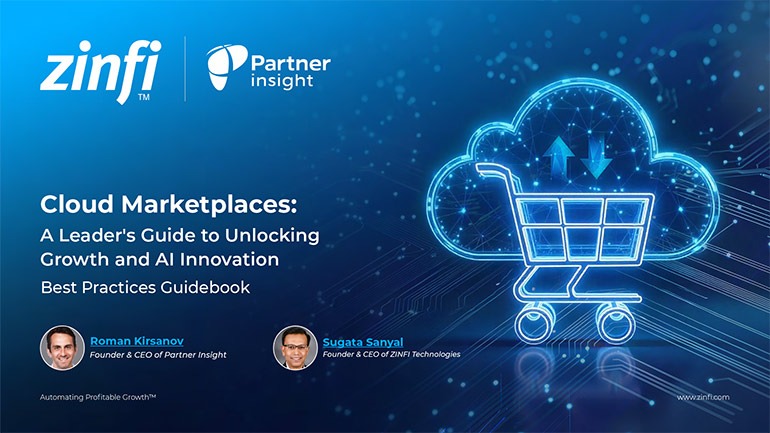 Cloud Marketplaces: Leader’s Guide to Unlocking Growth and AI Innovation
Cloud Marketplaces: Leader’s Guide to Unlocking Growth and AI InnovationDownload for FREE
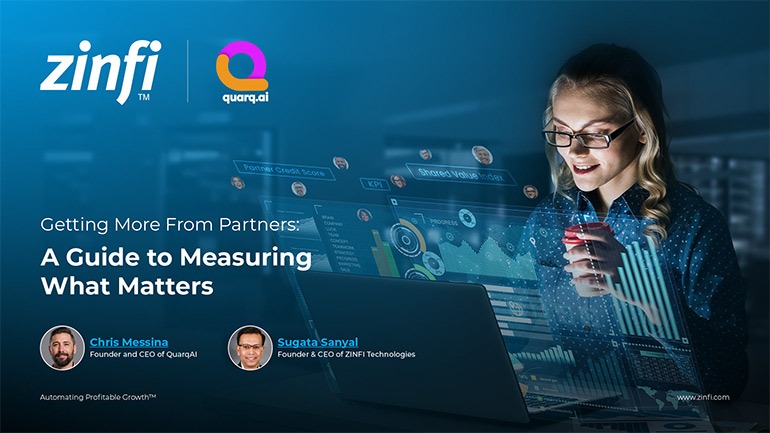 Getting More From Partner Performance: Guide to Measuring What Matters
Getting More From Partner Performance: Guide to Measuring What MattersDownload for FREE
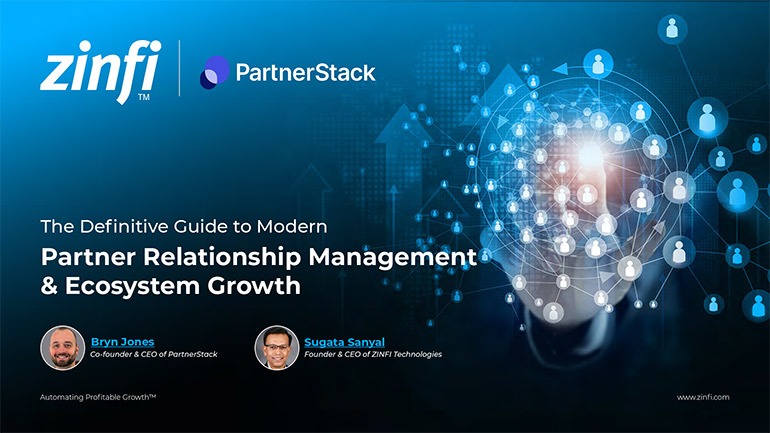 Guide to Modern Partner Relationship Management & Ecosystem Growth
Guide to Modern Partner Relationship Management & Ecosystem GrowthDownload for FREE
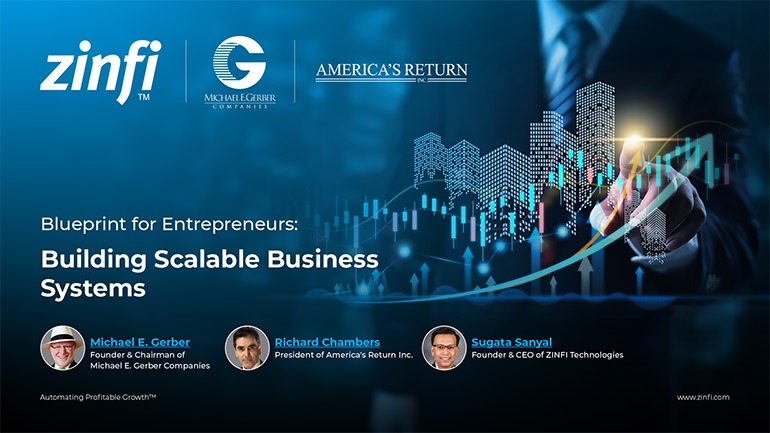 Debunking the Entrepreneurship Myth Best Practices
Debunking the Entrepreneurship Myth Best PracticesDownload for FREE
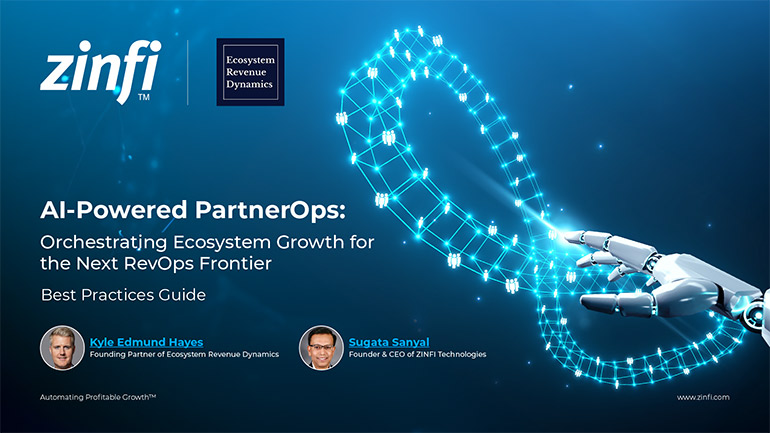 AI-Powered PartnerOps: The Next RevOps Frontier Best Practices
AI-Powered PartnerOps: The Next RevOps Frontier Best PracticesDownload for FREE
 Humanizing Brands: Guide to Strategic Partnering Best Practices
Humanizing Brands: Guide to Strategic Partnering Best PracticesDownload for FREE
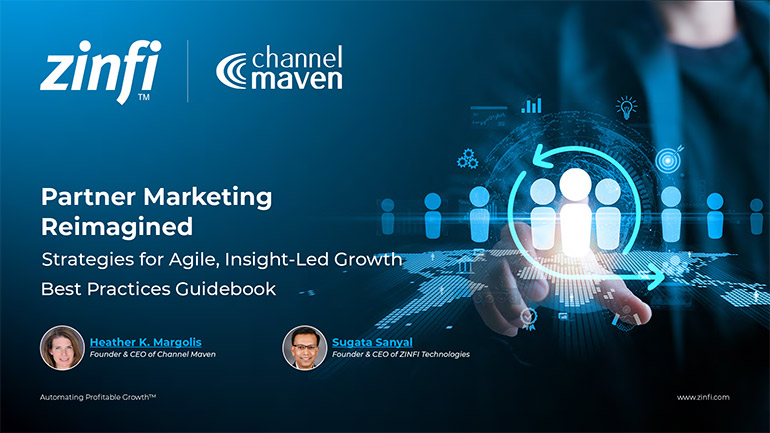 The AI-Powered Partner Ecosystem Best Practices
The AI-Powered Partner Ecosystem Best PracticesDownload for FREE








